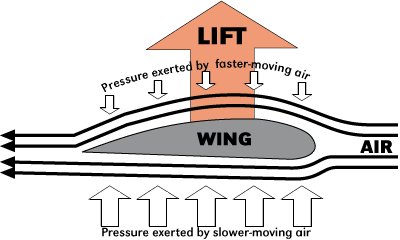" I used the lift equation that is presented on the following site to do a quick back of the envelope calculation for a hydrofoil surfboard."
is there some kind of equation that would help guide …
what length , width , thickness of test board ? …
And ditto , for the foil
And how / where would be the best place[ment] for the foil …
say , for a 60-85kg surfer [myself , alex , brett ] ,
on a waist to chest high mid tide 50 metre [at least !] long wave , with a bit of push ?
…To be able to arrive at some figures for those things , might help make it easier / ? quicker? / ? smoother? , in terms of giving some kind of ‘baseline’ to work from / around ?
Because , not everyone has the patience / desire / persistance / ??? [?madness?] , neccessary , to surf-test [apparently] 90 foils , over a 9 year period [?? ] … perhaps there can be an EASIER and more efficient way , yes ?
I really can’t help thinking , that if the foils had been tested on a SURFBOARD all those years ago , with [ last weeks’] success , waaay back then [2004???] , then …we would all have been much further down the ‘track’ , by now ??
It would be really interesting to be able to sit down with rush randle , laird hamilton , and buzzy kerbox , and see / hear what THEIR thoughts would be , on a paddle in shortboard foilboard …maybe The Surfers Journal could do an inteview with them on that one day ?? or ’ White Horses’ , or ‘Surfers Path’ … or , maybe …" Foam Symmetry" , eh ?? [ ‘Oldy’ , ARE you lurking here !!!  ]
]








